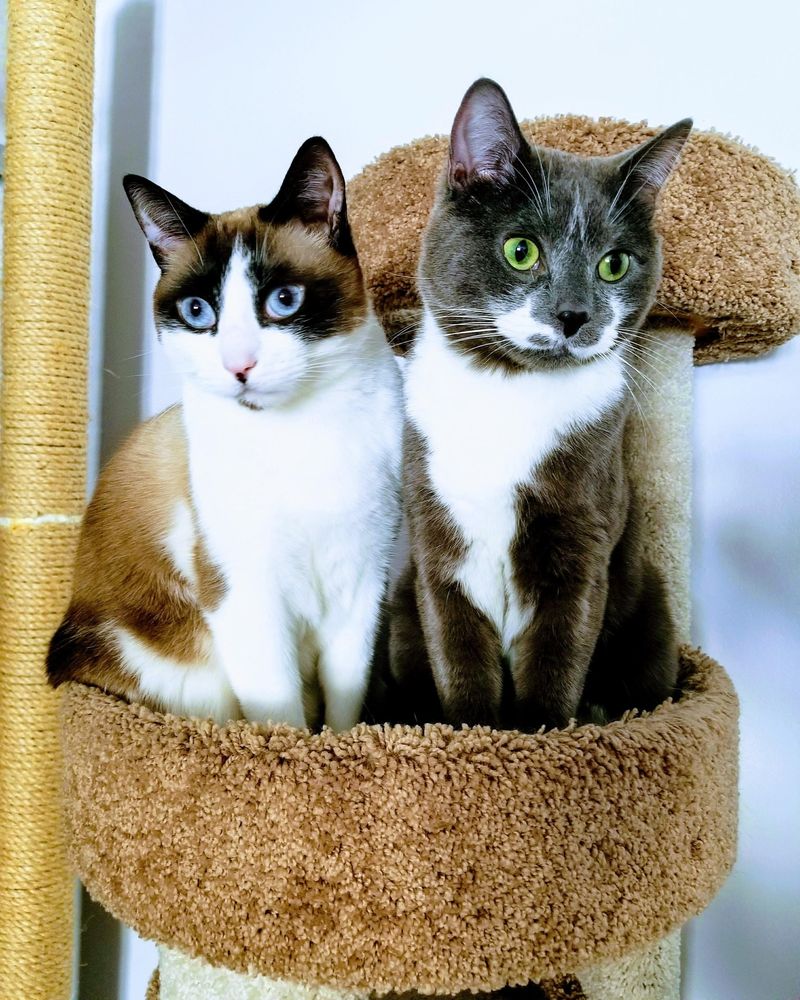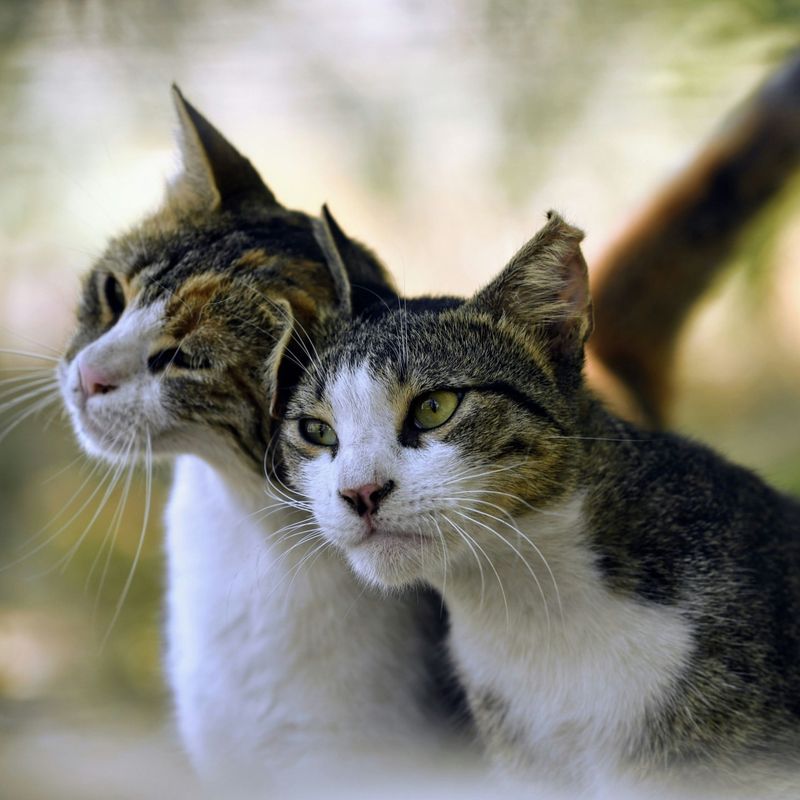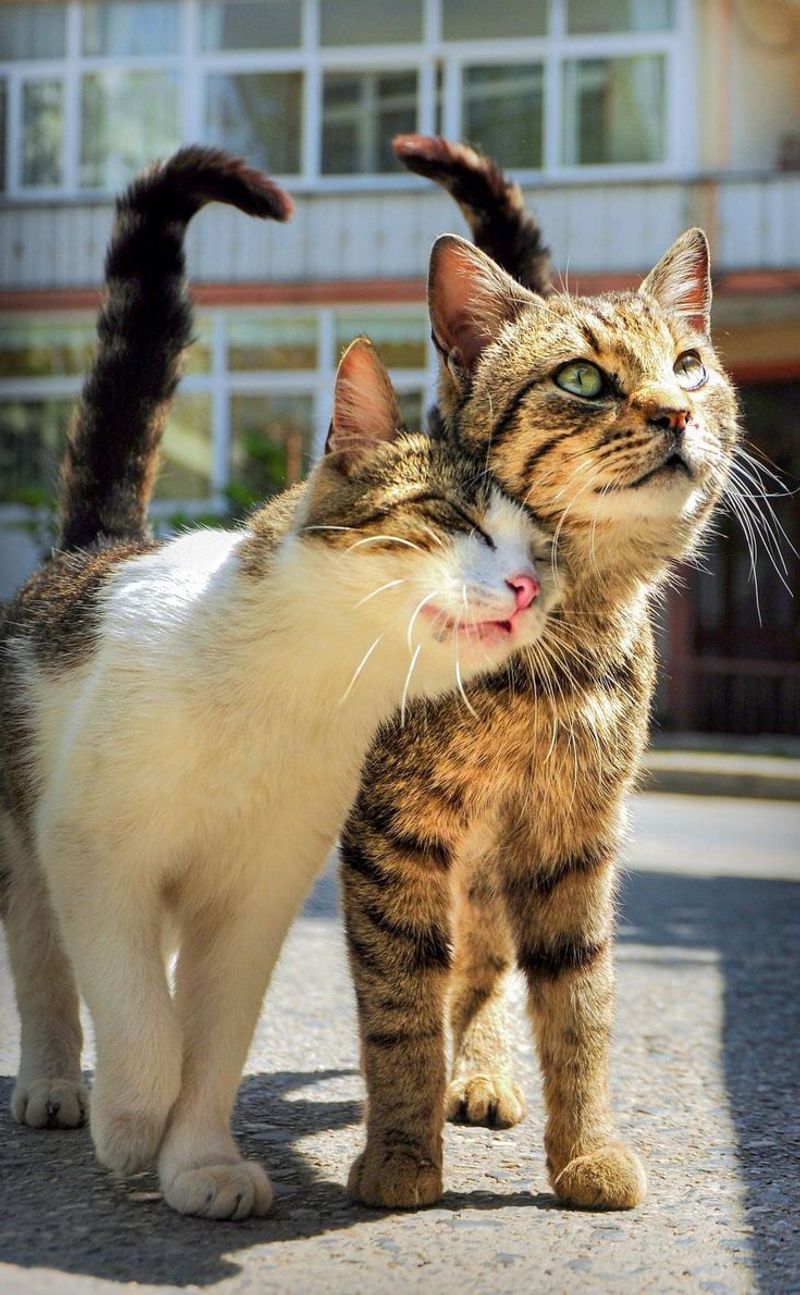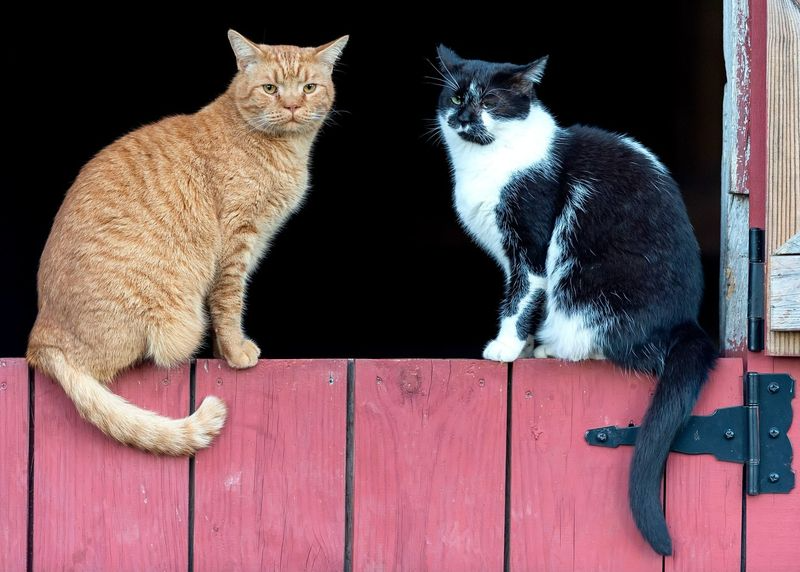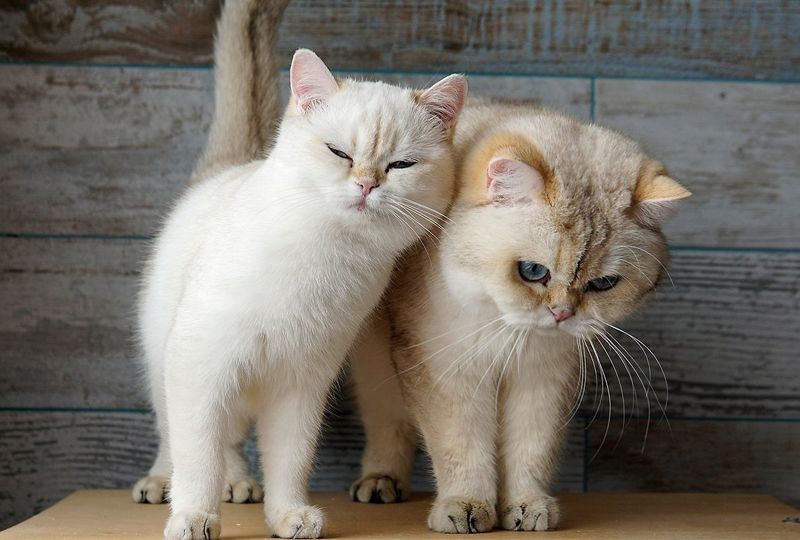📖 Table of Content:
- 1. Temperament Differences
- 2. Health Considerations
- 3. Size and Appearance
- 4. Behavioral Traits
- 5. Compatibility with Other Pets
- 6. Vocalization Tendencies
- 7. Grooming Needs and Preferences
- 8. Spaying and Neutering Impacts
- 9. Lifespan and Longevity
- 10. Playfulness and Energy Levels
- 11. Territorial Behavior
Bringing a cat into your life is an exciting decision, but it comes with a whirlwind of questions. Beyond choosing the fluffiest kitten or the sweetest pair of eyes, one common dilemma often arises: should you get a male or female cat?
Does gender really matter when it comes to personality, behavior, or even how they’ll fit into your household?
In this article, we’ll explore the subtle (and sometimes not-so-subtle) differences between male and female cats to help you make an informed choice.
Whether you’re hoping for a playful companion, a low-maintenance lap cat, or something in between, understanding what makes each gender tick might be the key to finding your purr-fect match.
1. Temperament Differences
Cats, like people, have distinct personalities, and their gender can subtly influence their behavior. Generally, male cats are seen as more laid-back and easy-going. They often enjoy lounging in sun-soaked spots, providing a calming presence in any home.
Female cats, on the other hand, can be more independent and assertive. They might prefer to explore their surroundings and establish their own space within the household. This doesn’t mean they’re not affectionate; they simply may demand attention on their terms.
When choosing a cat, consider whether you prefer a more relaxed companion or an adventurous spirit. Observing cats in a shelter or foster home may give insight into their personalities, helping you decide if a male or female fits your lifestyle.
2. Health Considerations
Health is a crucial factor when choosing a pet. Male cats can be prone to urinary tract issues, especially if they’re not neutered. This condition can be serious, requiring prompt veterinary attention.
Female cats may face different health challenges, such as the risk of developing mammary tumors if not spayed. Regular vet check-ups and spaying can mitigate these risks, ensuring a long, healthy life for your feline friend.
It’s important to understand these potential health issues and discuss them with a veterinarian. They can provide guidance on preventative measures and help you decide which gender might be a better fit for your household.
3. Size and Appearance
The physical appearance of cats can vary not just between breeds, but also between genders. Male cats are often larger, with more muscular builds and broader faces. This robust appearance can add to their charm, making them appear majestic.
Female cats tend to be more petite and graceful, often exhibiting more delicate features. Their size might make them better suited for smaller living spaces.
When choosing a cat, think about the space available in your home and your personal preferences regarding size and appearance. Visiting a cat shelter can provide a real sense of how a cat’s appearance matches their personality, helping you choose between a male or female.
4. Behavioral Traits
Understanding the behavior of male and female cats can help in making an informed choice. Males are typically more sociable and may enjoy interaction with humans and other pets. Their friendly nature often leads them to greet guests and seek attention.
Females might be more territorial, preferring to establish and maintain their own space. They often approach interactions cautiously, ensuring their comfort before engaging.
If you have a bustling household and want a cat to be part of the action, a male might fit the bill. Conversely, if you appreciate a cat that respects your space, a female could be ideal. A cat’s behavior in a shelter can provide clues about how they will adapt to your home.
5. Compatibility with Other Pets
If you have other pets, the gender of your new cat can influence how well they integrate into your household. Male cats often adapt well to living with other animals, enjoying communal play and rest times. Their laid-back nature can make them more accepting of new companions.
Female cats, being more independent, may require time to adjust to other animals. They might be selective about their companions, preferring quiet, respectful interactions.
Consider your existing pets’ personalities and the dynamics you’d like to cultivate in your home. Introducing a new pet gradually and monitoring interactions can help ensure a harmonious multi-pet household.
6. Vocalization Tendencies
Vocalization can vary significantly between individual cats, but some trends may be noted between genders. Male cats might be more vocal, especially if they’re not neutered, often expressing their desires and needs through meows and purrs.
Female cats can be quieter, choosing to communicate subtly. They might use body language and gentle sounds to convey their emotions.
If you enjoy a chatty companion, a male cat may suit your preferences. Conversely, if you appreciate quieter company, a female may be the better choice. Observing cats in their current environments can offer insights into their vocal habits, aiding your decision.
7. Grooming Needs and Preferences
Grooming is an essential part of cat care, and preferences can vary between genders. Male cats with longer fur might require more regular grooming sessions to prevent mats and tangles. They often enjoy the bonding time that comes with grooming.
Female cats, particularly those with short hair, might be more self-sufficient in their grooming habits. They take pride in maintaining their coats, requiring less intervention from their owners.
Consider the time you can dedicate to grooming when choosing between a male or female cat. Regular brushing not only keeps their coat healthy but also strengthens the bond between you and your pet.
8. Spaying and Neutering Impacts
Spaying and neutering have significant impacts on a cat’s health and behavior. Neutered males tend to be less aggressive and territorial, reducing their urge to roam. This can make them safer and more content indoors.
Spayed females are less prone to certain cancers and won’t experience heat cycles, which can influence their behavior positively. These procedures contribute to a calmer, more predictable pet.
Understanding the benefits and responsibilities of spaying and neutering is crucial. Discussing these options with a vet can provide clarity and confidence in your decision-making, ensuring a happier, healthier life for your cat.
9. Lifespan and Longevity
Lifespan can be a consideration when choosing a pet, and gender might play a role. Some studies suggest that female cats live slightly longer than males, although many factors can influence this, including diet, healthcare, and genetics.
Both genders can enjoy long, fulfilling lives with proper care. This includes regular veterinary visits, a balanced diet, and a stimulating environment.
When choosing a cat, focus on finding one that fits your lifestyle and that you can commit to for the long term. Both male and female cats can be wonderful companions, bringing joy and affection into their owners’ lives for many years.
10. Playfulness and Energy Levels
Male cats often exhibit a playful energy that can be both entertaining and exhausting. Picture a lively feline darting around the room, pouncing on toys with boundless enthusiasm. This vivaciousness can make them a delightful presence, especially in homes with children or active individuals.
In contrast, female cats might display a more measured approach to play, observing before making their calculated moves. These subtle differences in energy can influence how they interact with their environment and owners.
Choosing a male or female cat may depend on the level of activity you desire in your furry companion.
11. Territorial Behavior
Female cats are known for their territorial nature, often establishing specific areas as their own. Imagine a confident feline perched high, surveying its kingdom with an assertive gaze. This behavior can be more pronounced in females, who may guard their space with a quiet intensity.
Male cats, however, might roam more widely, marking their territory in subtle ways. A gentle reminder of their presence, perhaps a rubbed scent on furniture, is a common trait.
Understanding these behaviors can assist in creating a peaceful coexistence between your pet and household dynamics.


